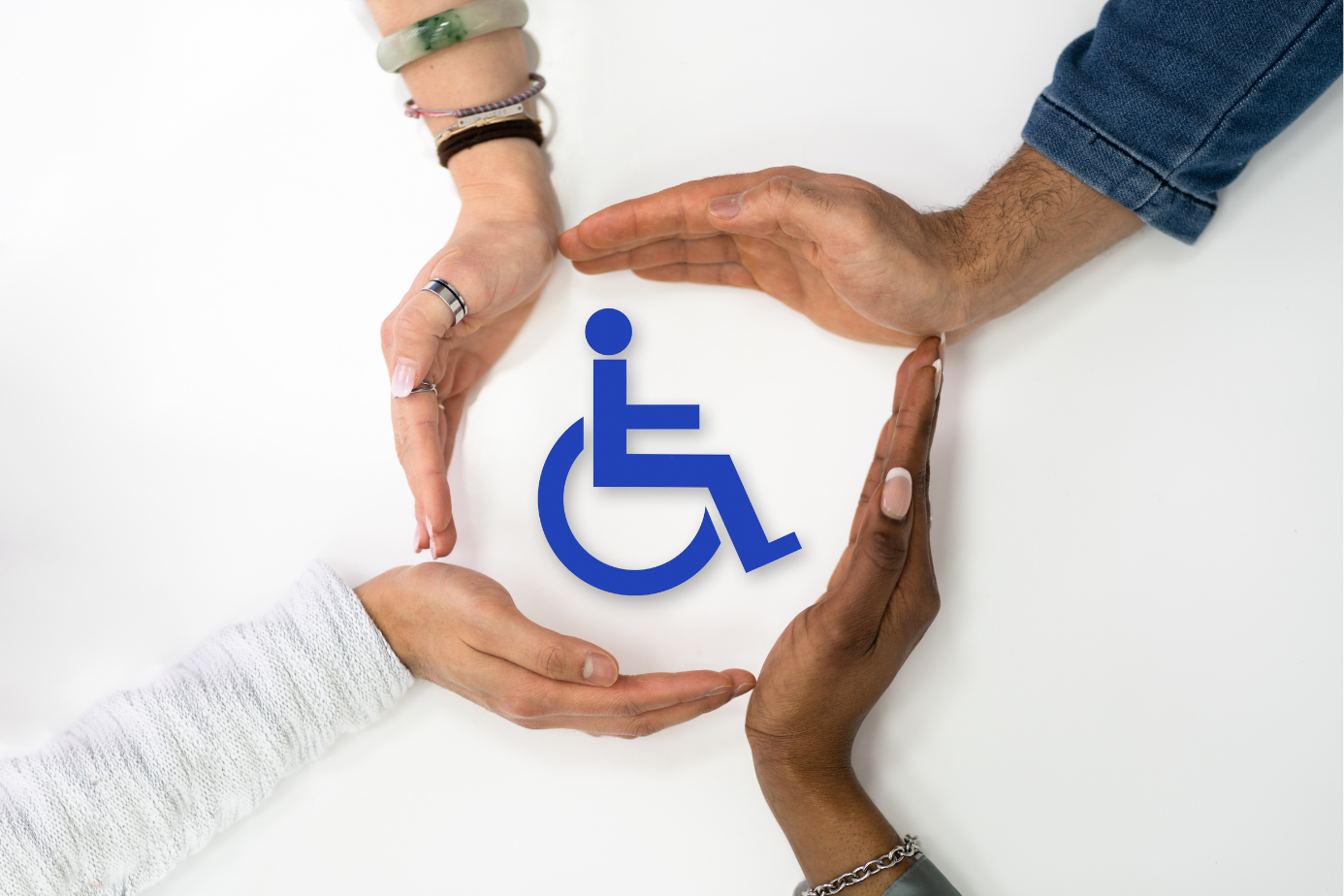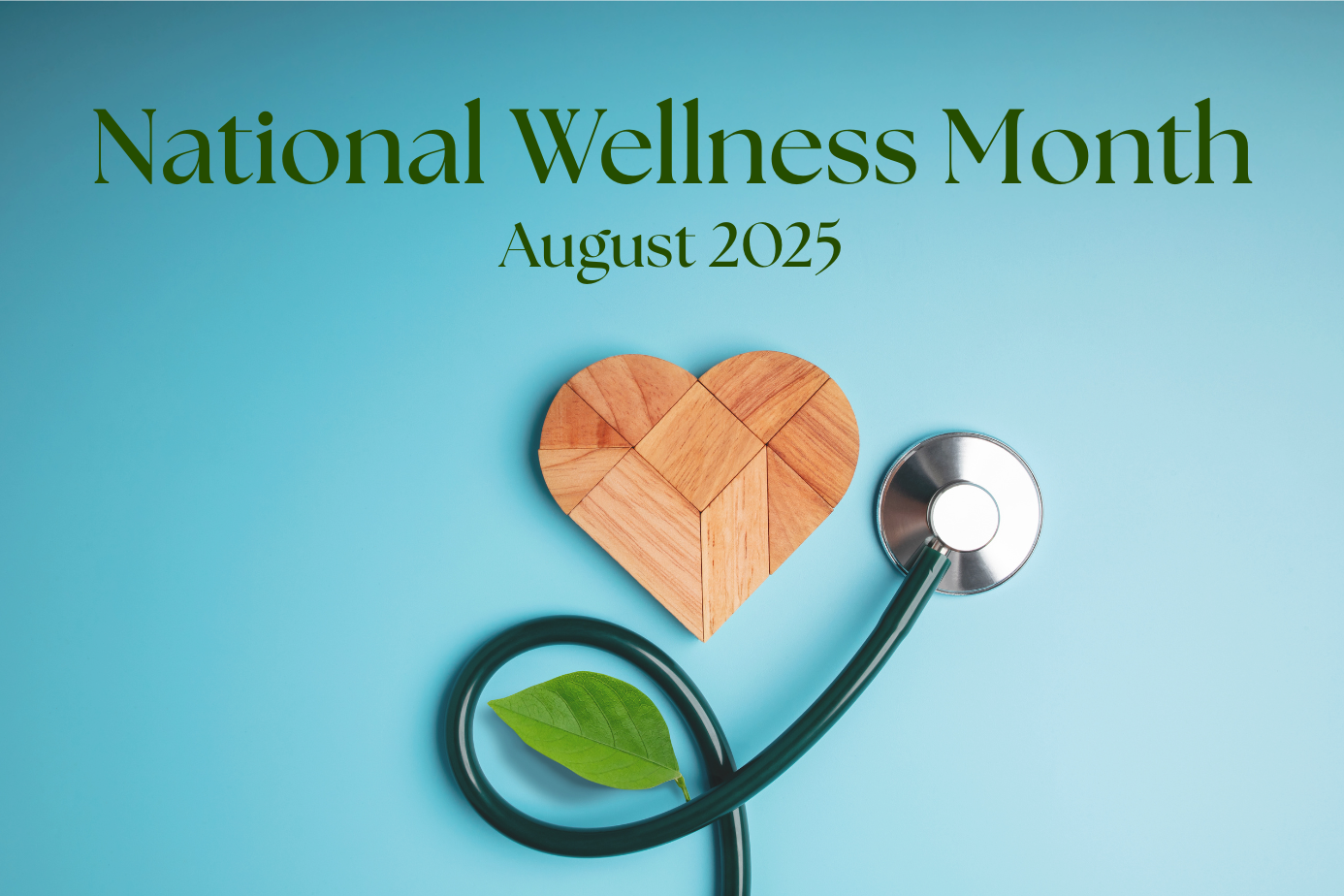When someone you love is diagnosed with Alzheimer’s or a related dementia, every decision feels heavy. Many families try to manage care at home for as long as possible out of love, loyalty, and a desire to preserve familiar routines. While that instinct is natural, memory care can offer safety, structure, and specialized support that is difficult, and often unsafe, to provide alone.
What Memory Care Really Offers
Memory care is not simply secured assisted living. It’s a specialized environment designed for people living with dementia, staffed by caregivers trained specifically in cognitive and behavioral care. These professionals understand how memory loss affects thinking, emotions, and daily functioning, and they use that expertise to support residents with compassion and dignity.
Specialized Support You Can Feel
A major benefit of memory care is staff training and expertise. Care teams are educated in dementia communication, behavior support, redirection techniques, and recognizing the emotional experience behind memory loss. This helps reduce anxiety and confusion – common symptoms in people with Alzheimer’s or dementia, and builds trust over time. These trained professionals can also assist with personal care, mobility, medications, mealtimes, and safety throughout the day and night.
Nutrition with Purpose
As dementia progresses, eating and hydration can become more challenging. Memory care teams are experienced in adapting meals, offering supportive dining environments, and providing hydration reminders. This helps make every mealtime more comfortable and easier to manage, which supports overall health and energy.
Purposeful Engagement and Life Enrichment
Memory care emphasizes dignity, purpose, and engagement. Days are designed around activities that match residents’ cognitive abilities and interests, from music and art to gentle exercise, gardening, sensory programs, and small social groups. These programs are more than “things to do”; they stimulate the mind, soothe emotions, and create joy and connection. Many of these activities, such as reminiscence, music therapy, and creative expression, are also shown to help reduce anxiety and promote emotional well-being.

Safety and Security
Memory care communities are intentionally designed for people with memory loss. Unlike a typical home environment, these settings have secure layouts, monitoring systems, and features that minimize confusion and wandering risks. This gives families peace of mind knowing their loved one is kept safe around the clock, something that can be extremely difficult to guarantee at home.
A Healthier Role for Family
One of the most meaningful benefits of memory care is what it gives back to families. At home caregiving, especially for someone living with dementia, can be all-consuming, emotionally draining, and physically exhausting. Memory care allows families to return to being “family” again: sharing stories, holding hands, and connecting without the pressure of full-time caregiving. This shift can ease burnout, which is common and linked to exhaustion, anxiety, and declining health, and restore more meaningful interactions.
Why Moving Sooner Is Often Better
Many families wait until caregiving becomes unmanageable before considering memory care. By then, everyone may be exhausted and overwhelmed. Moving earlier, while your loved one can still participate, learn routines, and engage socially, often leads to a smoother transition and a more positive experience. Early involvement in structured memory care helps residents build comfort, make connections, and benefit from the full range of services memory care provides
Important Questions to Ask When Touring Memory Care
- How is your staff trained specifically for dementia care, and how often is that training updated?
- What does a typical day look like, and how are activities adapted to different stages?
- How do you communicate with families about changes in condition or care needs?
- What safety measures and monitoring systems are in place?
Choosing memory care is never easy, but it can be one of the most loving decisions. It offers safety, dignity, engagement, and specialized care for your loved one, along with peace of mind for the family. It’s not just about care, it’s about quality of life, connection, and choosing support that honors the person you love.
Search other areas for Memory Care
Not finding what you’re looking for? Take a look below.

















